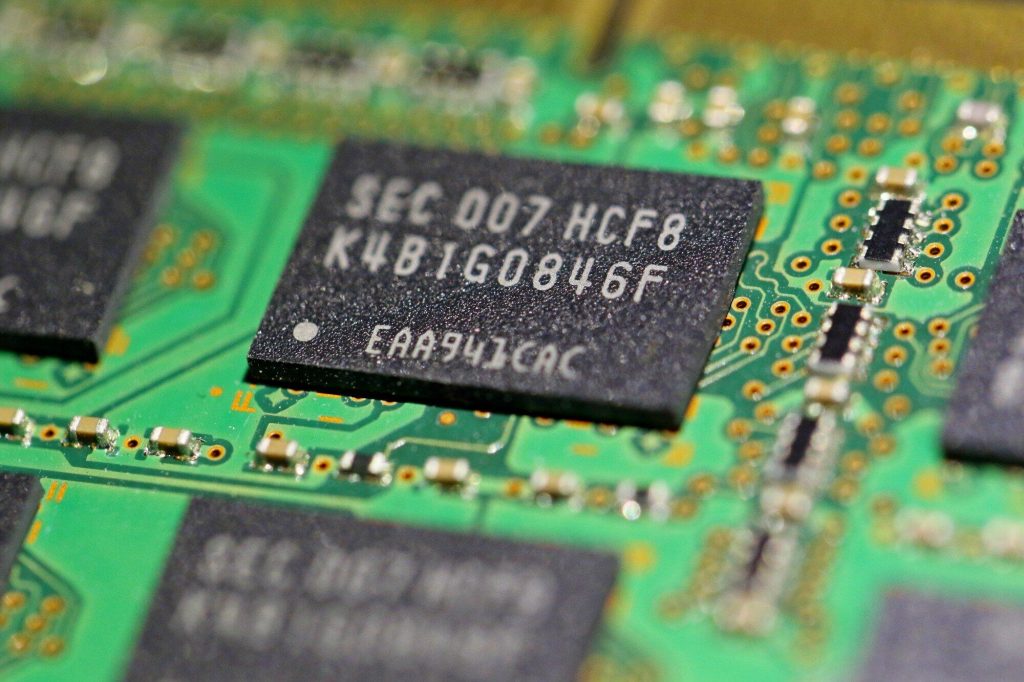 Electronics are becoming costlier for both manufacturers and consumers. Why? The answer lies in the fascinating world of semiconductor testing.
An in-depth look at the making of these complex devices will offer the justification you need for their high price. By comprehending the intricate process, you’ll feel more comfortable the next time you’re purchasing chips for a device.
Rather than questioning the price, you’ll see it as an investment in a masterpiece of technology. Keep reading to understand why your devices are worth every penny.
Electronics are becoming costlier for both manufacturers and consumers. Why? The answer lies in the fascinating world of semiconductor testing.
An in-depth look at the making of these complex devices will offer the justification you need for their high price. By comprehending the intricate process, you’ll feel more comfortable the next time you’re purchasing chips for a device.
Rather than questioning the price, you’ll see it as an investment in a masterpiece of technology. Keep reading to understand why your devices are worth every penny.
From Wafer to Product: The Journey of Semiconductor Testing
 Electronics are becoming costlier for both manufacturers and consumers. Why? The answer lies in the fascinating world of semiconductor testing.
An in-depth look at the making of these complex devices will offer the justification you need for their high price. By comprehending the intricate process, you’ll feel more comfortable the next time you’re purchasing chips for a device.
Rather than questioning the price, you’ll see it as an investment in a masterpiece of technology. Keep reading to understand why your devices are worth every penny.
Electronics are becoming costlier for both manufacturers and consumers. Why? The answer lies in the fascinating world of semiconductor testing.
An in-depth look at the making of these complex devices will offer the justification you need for their high price. By comprehending the intricate process, you’ll feel more comfortable the next time you’re purchasing chips for a device.
Rather than questioning the price, you’ll see it as an investment in a masterpiece of technology. Keep reading to understand why your devices are worth every penny.
